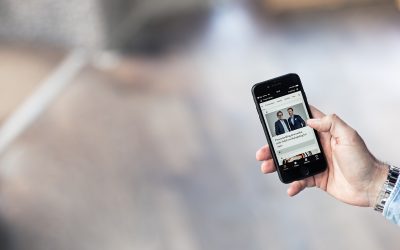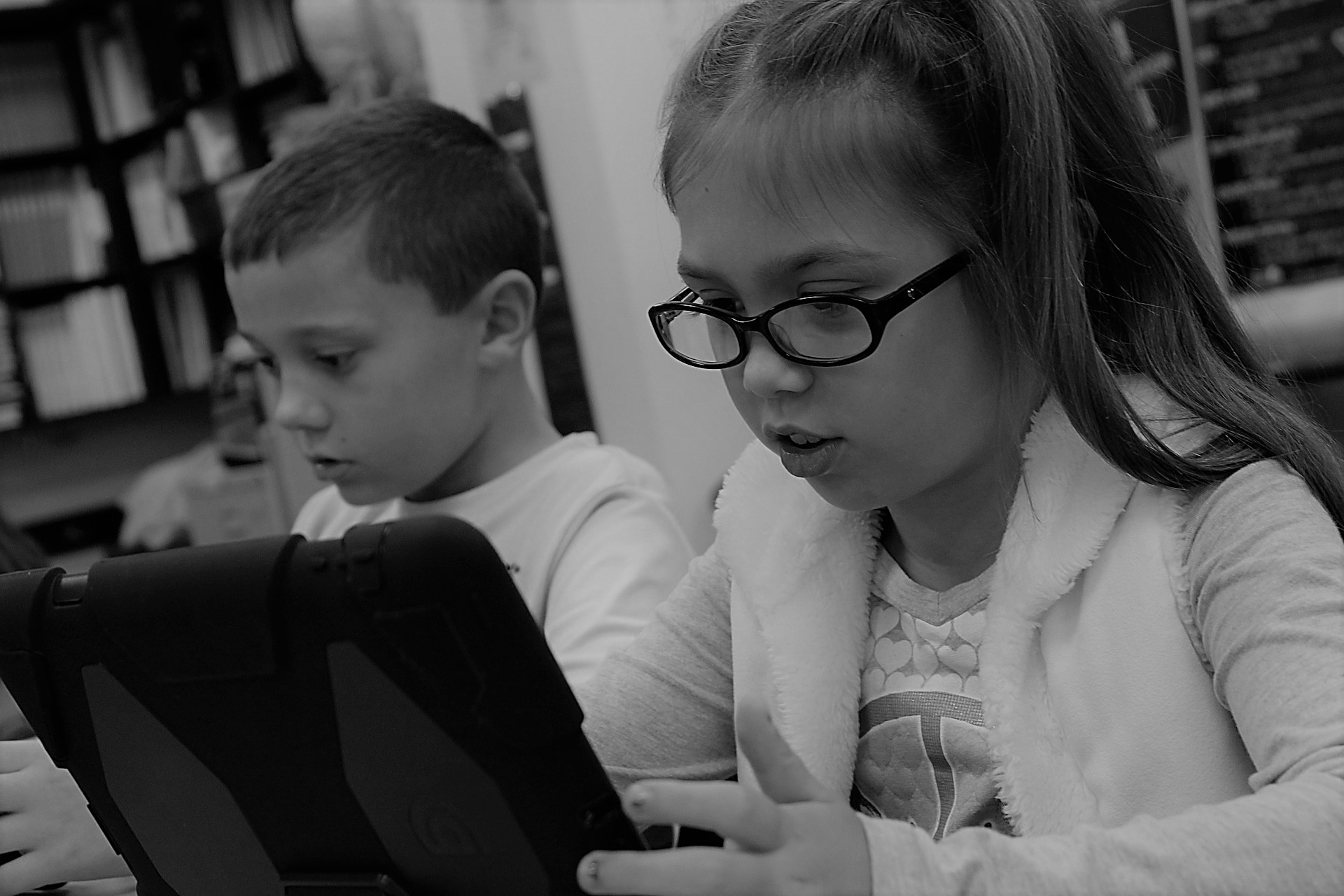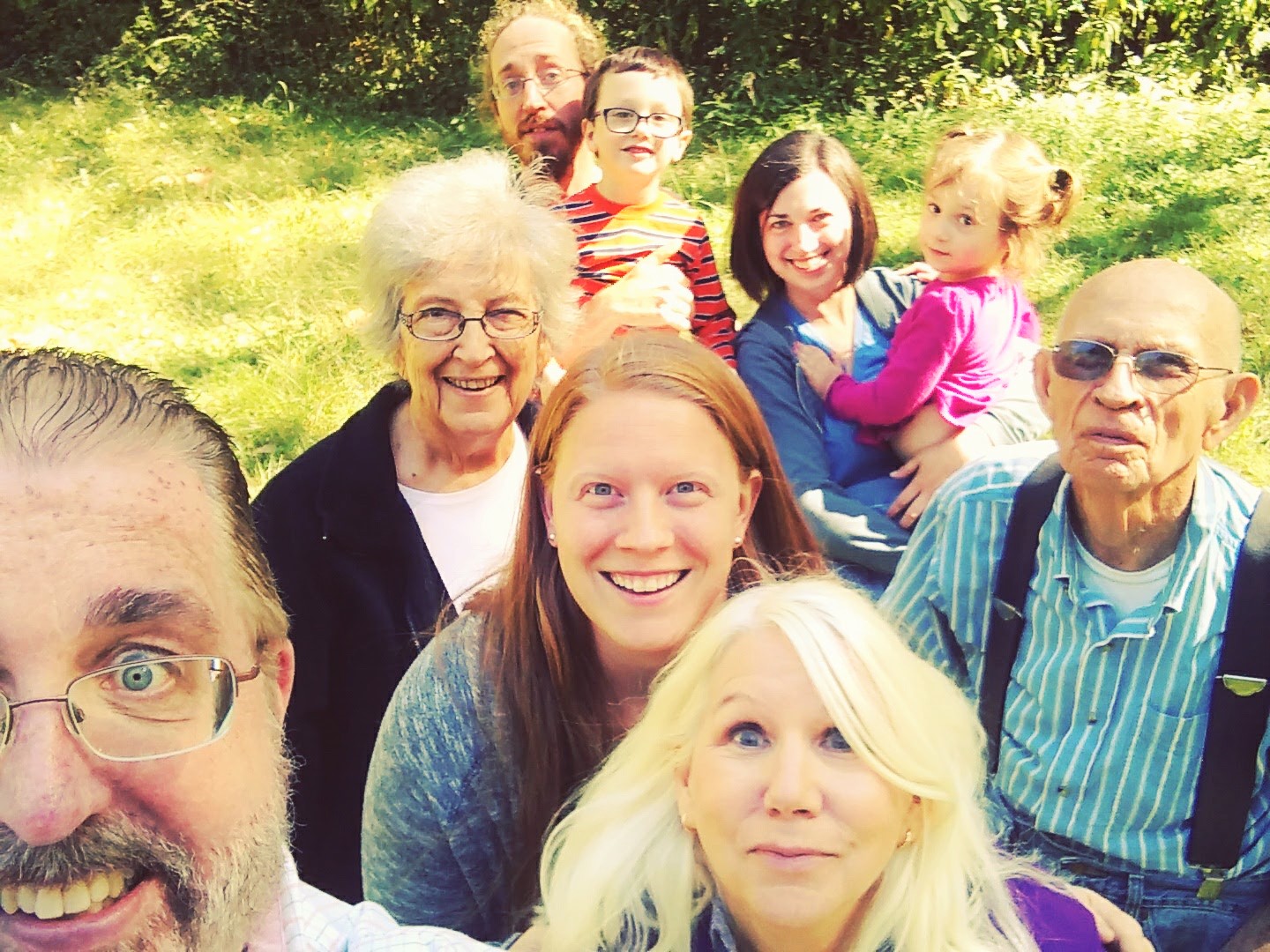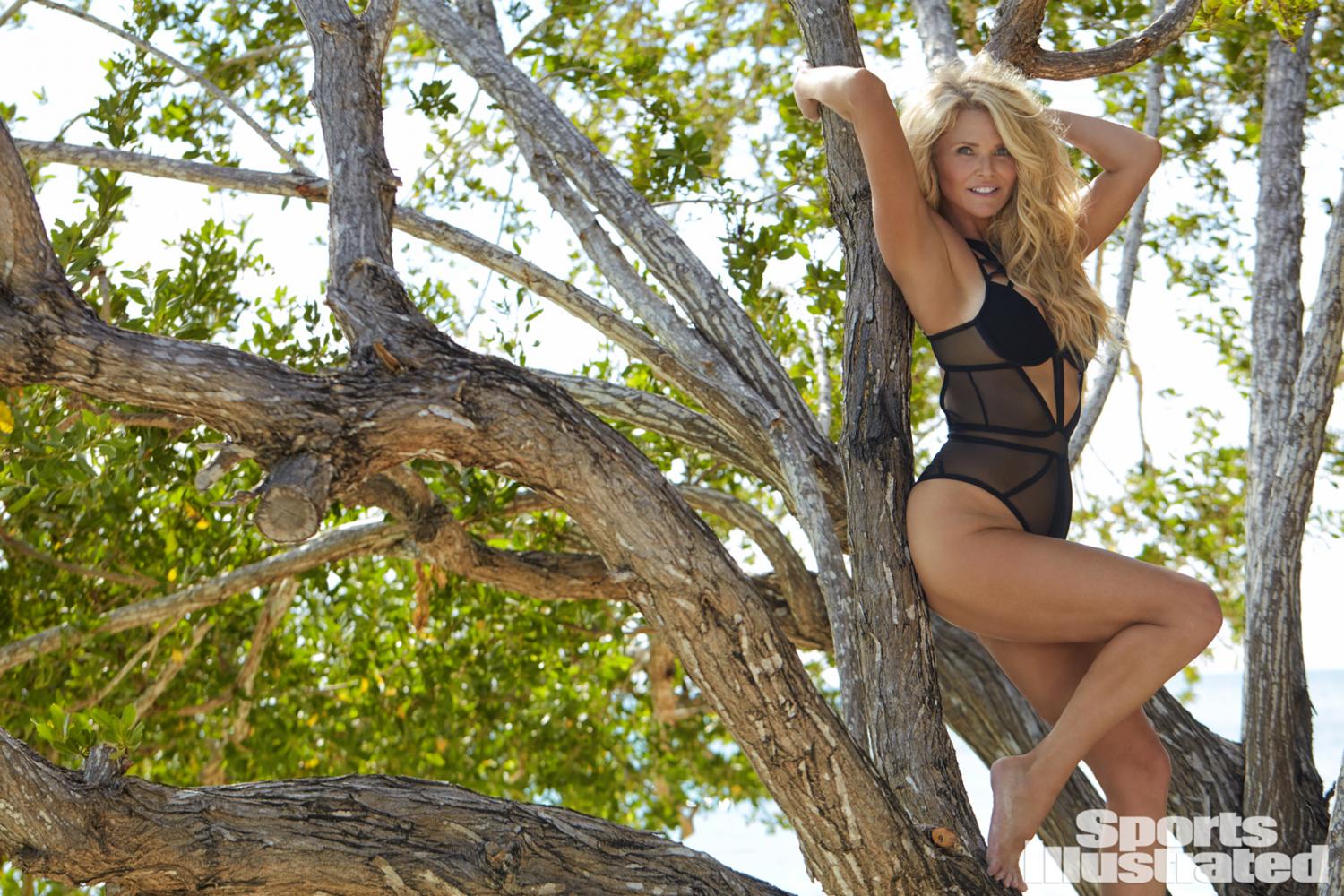Women and WOWO radio, a topic that I've talked about for nearly 15 years. Today, I have some insight that business owners, especially retailers need to know. When I started in the radio advertising business in Fort Wayne, Indiana in 2003, I worked for a competing...
ScLoHo’s Collective Wisdom
Social Media Stats and Marketing
As many of you prepare your business for 2018 and are wondering about Social Media marketing, here's some numbers that were shared by Mediapost. Remember that these are just numbers and you really should talk to a professional about what this means for your...
The Answer is No
For most people who see, hear, or read your advertising, The Answer is No. And that is okay. Today we are going to talk about realistic expectations when it comes to advertising and marketing. Some of the people who sell advertising are not going to like what I am...
Survey Says: Where we get our News
A new survey of nearly 5,000 Americans sheds some light on where we get our news. Comparing 2017 to 2016, we see some slippage and some increases. Not surprising to me is that the increases are related to our pocket computers, those devices you and I call our...
Gone, In An Instant, All Gone
Lessons from Hurricane Harvey and Seth Godin that every business owner must learn. Sunday morning, after reading a few social media updates on Hurricane Harvey and checking the news sites, I was relieved to see that the friends I have in or near the path of the storm...
Do You Want Our Money?
Today, I'm going to talk to you from my generational perspective and I have one question for you: Do You Want Our Money? I am a young Baby Boomer. I am also a WOWO Radio Listener. And I work for WOWO in the advertising sales department. That means I am the dude you...
The TV Shift is Real
Television viewing habits continue to shift. Have your advertising expenditures shifted too? It's time to examine the trends for your business. 200 Channels and there is nothing on The TV shift is real in 2017 and will only continue in the years ahead. Television...
Everyone Needs A Little Love
Last month a couple of research articles about marketing to different generations hit my inbox. One was talking about generational differences and the other was talking about similarities. So the title of this update, Everyone Needs A Little Love is based on what I...
Does Christie Brinkley Listen to WOWO Radio?
I was reading an article from Mediapost that mentioned that baby boomers who are becoming senior citizens are not what you might expect. To illustrate their point they pointed out that at age 63, Christie Brinkley could be considered a "senior". She is a Baby Boomer...









